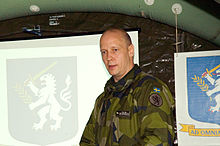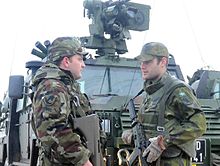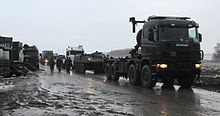
The Finnish Defence Forces (FDF) (Finnish: Puolustusvoimat, Swedish: Försvarsmakten) are the military of Finland. The Finnish Defence Forces consist of the Finnish Army, the Finnish Navy and the Finnish Air Force. In wartime the Finnish Border Guard (which is its own military unit in peacetime) becomes part of the Finnish Defence Forces.

The Swedish Armed Forces is the government agency that forms the armed forces of Sweden, tasked with the defense of the country as well as with promoting Sweden's wider interests, supporting international peacekeeping, and providing humanitarian aid. It consists of the Swedish Army, the Swedish Air Force and the Swedish Navy, as well as a military reserve force, the Home Guard. Since 1994, all Swedish military branches are organized within a single unified government agency, headed by the Supreme Commander, even though the individual services maintain their distinct identities.
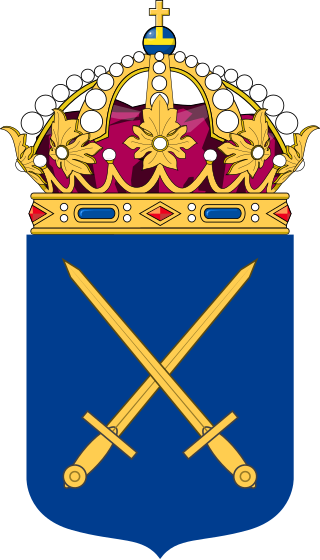
The Swedish Army is the land force of the Swedish Armed Forces.

The Finnish Army is the land forces branch of the Finnish Defence Forces. The Finnish Army is divided into six branches: the infantry, field artillery, anti-aircraft artillery, engineers, signals, and materiel troops. The commander of the Finnish Army since 1 January 2022 is Lieutenant General Pasi Välimäki.

The Patria Pasi is a Finnish-made six-wheeled armoured personnel carrier (APC) originally designed for Finnish Defence Forces. The first variant was produced in 1983 and serial production began in 1984. It was designed to operate with ease of use, simple structure and low-cost maintenance. The basic appearance and configuration of the Pasi is similar to most other wheeled APCs. The XA-180 and XA-185 are fully amphibious while other variants are not.

An EU Battlegroup is a military unit adhering to the Common Security and Defence Policy (CSDP) of the European Union (EU). Often based on contributions from a coalition of member states, each of the eighteen Battlegroups consists of a battalion-sized force reinforced with combat support elements. Two of the battlegroups were declared to be capable of being assembled for operational deployment at any one time.

Panzergrenadier, abbreviated as PzG (WWII) or PzGren (modern), meaning "Armour"-ed fighting vehicle "Grenadier", is a German term for mechanized infantry units of armoured forces who specialize in fighting from and in conjunction with infantry fighting vehicles (IFVs) – that is, armoured troop carriers designed to carry a mechanized squad of six to eight soldiers into combat while providing direct fire support for those troops.

The Battle of Narva Bridgehead was the campaign that stalled the Soviet Estonian operation in the surroundings of the town of Narva for six months. It was the first phase of the Battle of Narva campaign fought at the Eastern Front during World War II, the second phase being the Battle of Tannenberg Line.
A battlegroup or task force in modern military theory is the basic building block of an army's fighting force. A battlegroup is formed around an infantry battalion or armoured regiment, which is usually commanded by a lieutenant colonel. The battalion or regiment also provides the command and staff element of a battlegroup, which is complemented with an appropriate mix of armor, infantry, and support personnel and weaponry relevant to the task it is expected to perform.
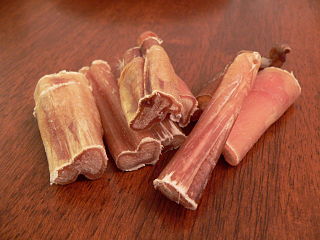
Pizzle is a Middle English word for penis, derived from Low German pesel or Flemish Dutch pezel, diminutive of pees, meaning 'sinew'. The word is used today to signify the penis of an animal, chiefly in Australia and New Zealand.

Major General Karl Lorentz Engelbrekt Engelbrektson is a senior Swedish Army officer and a former Force Commander of the Nordic Battlegroup (NBG). He served as Assistant Chief of Armed Forces Training & Procurement from 2014 to 2016. Engelbrektson is currently serving as the Chief of Army since 2016.
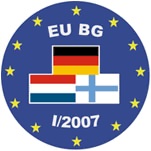
Battlegroup 107 or BG-107 is an EU Battlegroup. It originally consisted of military elements from the Netherlands, Germany, and Finland. From 1 January 2007 until 30 June 2007, it was on standby under German leadership. In preparation for its second standby period in the first half of 2011, when it was also known as EUBG 2011/1, its composition changed; Austrian and Lithuanian troops were added, the Netherlands took over command.
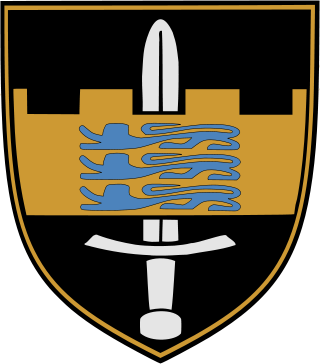
The Estonian Land Forces, unofficially referred to as the Estonian Army, is the name of the unified ground forces among the Estonian Defense Forces where it has an offensive military formation role. It is currently the largest Estonian military branch with the average size during peacetime of approximately 6,000 soldiers, conscripts, and officers.

This is a sub-article to Battle of Narva (1944).

This is a sub-article to Battle of Narva (1944).
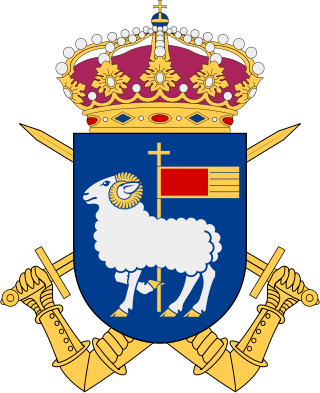
Gotland Brigade , was a Swedish Army armoured brigade within the Swedish Armed Forces and acted in different forms between 1949 and 2000. The main parts of the basic training were held at the Gotland Regiment within the Gotland Garrison in Visby, Gotland.
The Patria Pasi is a military armoured personnel carrier. It was the choice of the Finnish Defence Forces to replace its aging Soviet BTR-60s. It was a result of the commercial competition between two Finnish companies, a tractor manufacturer Valmet and the lorry manufacturer Sisu, which won the contract with its prototype.

The presence of the military on Gotland results from the Swedish island's strategic military importance in the Baltic Sea for most of the nation's history. Gotland has been fortified in stages since the 13th century.

Lieutenant General Leif Michael Claesson is a Swedish Army officer. He currently serves at the Chief of the Defence Staff since 1 January 2023. Prior to this, he served as Chief of Policy and Plans Department in the Defence Staff from 2018 to 2020 and as Chief of Joint Operations from 2020 to 2022.


